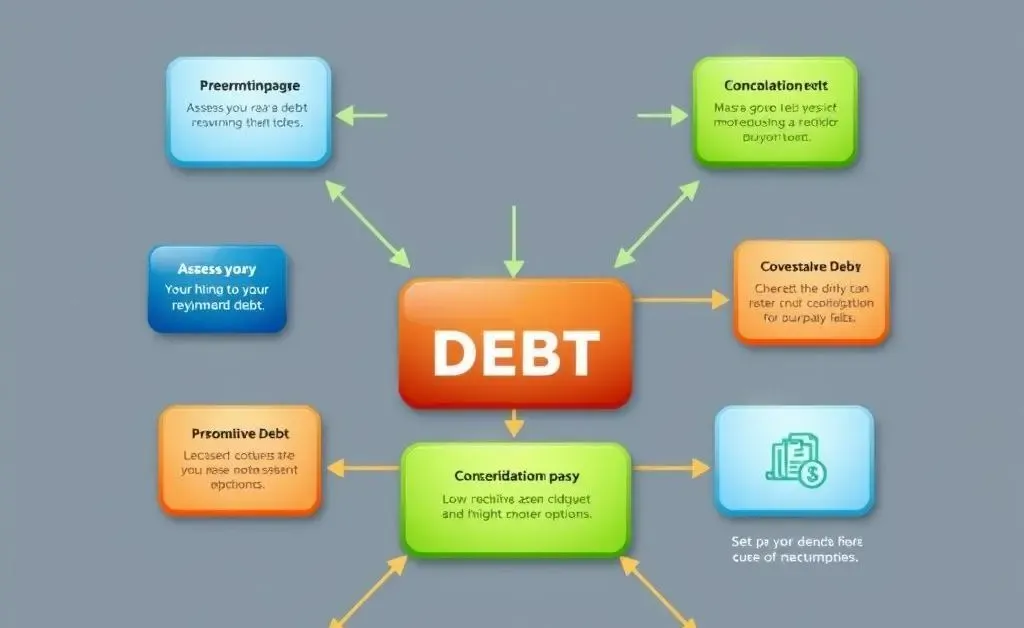How to Navigate Debt: Practical Tips for a Better Financial Future
Explore practical steps to manage debt and improve your financial well-being.

Managing debt can often feel like navigating a maze with no exit in sight. Imagine this: you're living your life, balancing bills and joy, and then realize your credit card statement is a bit more than expected. Now what? Thankfully, if you've found yourself in this predicament, there are practical steps to help you regain control and create a debt-free roadmap for your future.
Understanding What's at Stake
The first step in tackling debt is understanding where you stand. It's essential to get a clear picture of how much you owe and the terms associated with your debt. Here’s a quick list of what to gather:
- Outstanding balances from all credit cards
- Interest rates and terms
- Minimum payment requirements
Once you’ve gathered all this data, you’ll have a clearer understanding of the journey ahead. A little clarity can go a long way in easing anxiety.

Creating a Personal Debt Management Plan
Let's focus on teamwork – not with others, but with yourself. It’s about setting realistic goals and celebrating small victories. Here’s an approach that has helped many:
- Set up a budget: Allocate funds for necessities, savings, and fun—it’s not just about deprivation.
- Consider the snowball method: Pay off the smallest debts first to build momentum.
- Communicate with creditors: Reach out and ask for reduced rates or better terms. You might be surprised at their willingness to help.
Remember a friend who shared a story of how making small, consistent payments helped transform their financial situation over time? It’s these relatable anecdotes that remind us change is possible.

Building Healthy Financial Habits
It’s incredibly satisfying to envision a future where debt doesn’t dictate choices. One way to achieve this vision is by adopting habits that reinforce financial health, such as:
- Automating payments to avoid late fees
- Building an emergency fund to cushion unexpected expenses
- Reviewing statements regularly to catch errors early
Consumer education sites often have helpful tips on maintaining good credit health.

Conclusion: Your Path Forward
Managing debt is a journey, not a sprint. Each decision propels you forward, even if the steps seem small. So, what if you took one step today towards financial freedom? Perhaps it's a single phone call to a creditor or updating that monthly budget.
Share your progress or your own tips in the comments below. What has worked for you? Let’s keep the conversation going.




